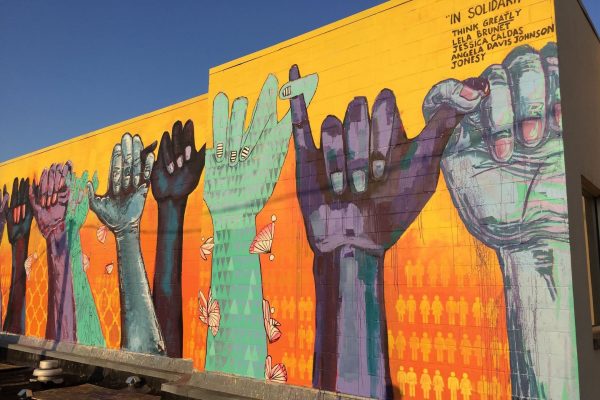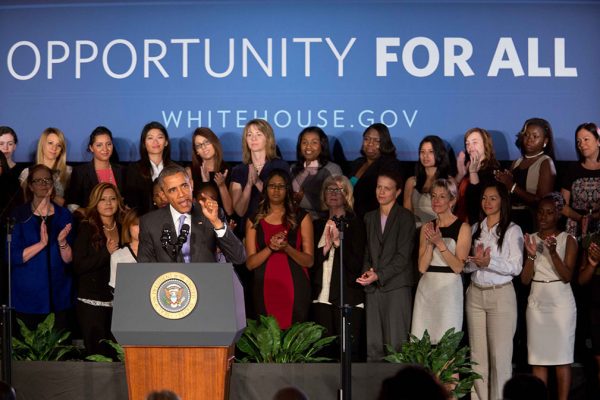This forum response appears in print in Reclaiming Freedom.
On February 1, 1861, a Texas state convention voted 166 to 8 in favor of joining the newly established Confederacy and seceding from the United States. The declaration explaining this grave decision, published mere weeks before the first shots of the Civil War at Fort Sumter, listed a few grievances: familiar allegations that the U.S. federal government had failed to secure the states’ borders with Mexico and Indigenous nations, alongside accusations that Northern states were subverting the letter and spirit of the Constitution.
But beyond these complaints, a central and organizing theme of the document was the state’s abiding interest in the “beneficent and patriarchal system of African slavery,” which the people of Texas had “intended should exist in all future time.” For the secessionists, the “free government” established by the United States was not simply one in which racial inequality was permissible but one in which it was required. On their view, the claim that “all white men are, and of right ought to be, entitled to equal civil and political rights” involved a recognition that “the servitude of the African race . . . is abundantly authorized and justified.”
What does freedom mean in a country with this political history? Aziz Rana highlights what he characterizes as a recent development in U.S. politics. As he sees it, the language of freedom has been largely cornered by its right wing, rendering U.S. politics somewhat exceptional to the global rule connecting freedom and liberation to left-wing politics. But as the Texas secession declaration exemplifies, and as Rana himself has explained in his influential scholarly work on the subject, U.S. history complicates this connection. While in other arenas the political right and center might coalesce around distinct values like security or economic growth, here freedom features as a watchword for abolitionist and Confederate alike.
There’s much to agree with in Rana’s essay. In general, the left’s reticence to think and talk in terms of freedom and liberation reveals a narrow view of intellectual traditions and their possibilities—a point political theorist Lea Ypi has long made about socialist traditions specifically. But these very points are also reasons to be less concerned with the left’s failure to embrace “freedom talk” as a “powerful and global language of social transformation.” Rather than attempt a rhetorical or intellectual transformation, we should focus on other points Rana makes along the way: his calls for “institution building” and “reshaping the everyday worlds people inhabit” as ways forward for the U.S. left.
This focus would cast the historical story Rana presents in a different light. Whatever else settler colonialism was, it was a project rooted in dispossessing Indigenous nations of life and land and an economic strategy premised on making that land productive in important part by extracting labor from enslaved Black people. From that starting point—after the wars of dispossession, after the Middle Passage—it simply was, in fact, true that maintaining the political and economic rights of white “Insiders” required the domination of “Outsiders.” The living conditions and political freedoms of white Texans were indeed premised on the subjection of Indigenous nations and the enslaved—but less in the way that a syllogism is premised on a starting assumption and more in the way that a house’s stability is premised on the performance of a load-bearing wall. Abolition of slavery and the New Deal may well have prompted people to give a second look at a more solidaristic understanding of freedom as self-rule, but they did so in a specifically material and institutional way: by removing some of the severest obstacles to scores of people having meaningful influence over the course of their own lives.
This is why Rana’s points about “institution building” ought to take center stage in both our analysis of how we got into our present unfree situation and how we can get out of it. As Rana notes, the experience of collective power and self-rule is one that is far from standard in American life. The decades of “neoliberal” and “Reaganite cultural and political dominance” that help explain why these spaces have eroded explain the lack of a solidaristic conception of freedom all on their own, and these problems are too deeply rooted in the country’s developing political economy for the still-growing left to either think or talk our way out of.
Like any good leftist, Rana would agree that we have to organize rather than consciousness-raise or sloganeer our way out of these deep social and cultural problems. But it’s worth reflecting past the mere fact that we should organize; we should also explain why doing so might work. Take unions. On top of the spreadsheet math that explains why either of us might get fired, and the interpersonal dynamics of shop-floor politics that explain why both of us hate our boss, landlord, or creditor, we can set the firm bond of a collective bargaining agreement. Joining a union—whether a workers’, tenants’, or debtors’ union—does not simply make it more compelling that there are connections between your life’s conditions and those of your union siblings. It literally makes these things true in a way that they were not before.
From this vantage, our focus might shift yet again. Rather than questioning the “freedom talk” that leftists do or don’t engage in, we could ask first and foremost about expanding the ranks of the zones of collective power we seek to build—and, importantly, whether or not “self-rule” is really what people are getting when they arrive there. The recent culmination of the decades-long internal campaign for “one member, one vote” direct democracy in the United Auto Workers, alongside the broader victories this win has made possible, demonstrates both the importance and promise of cultivating meaningful self-rule in what spaces we can influence. Freedom has plenty of advocates; what it needs are construction workers.








